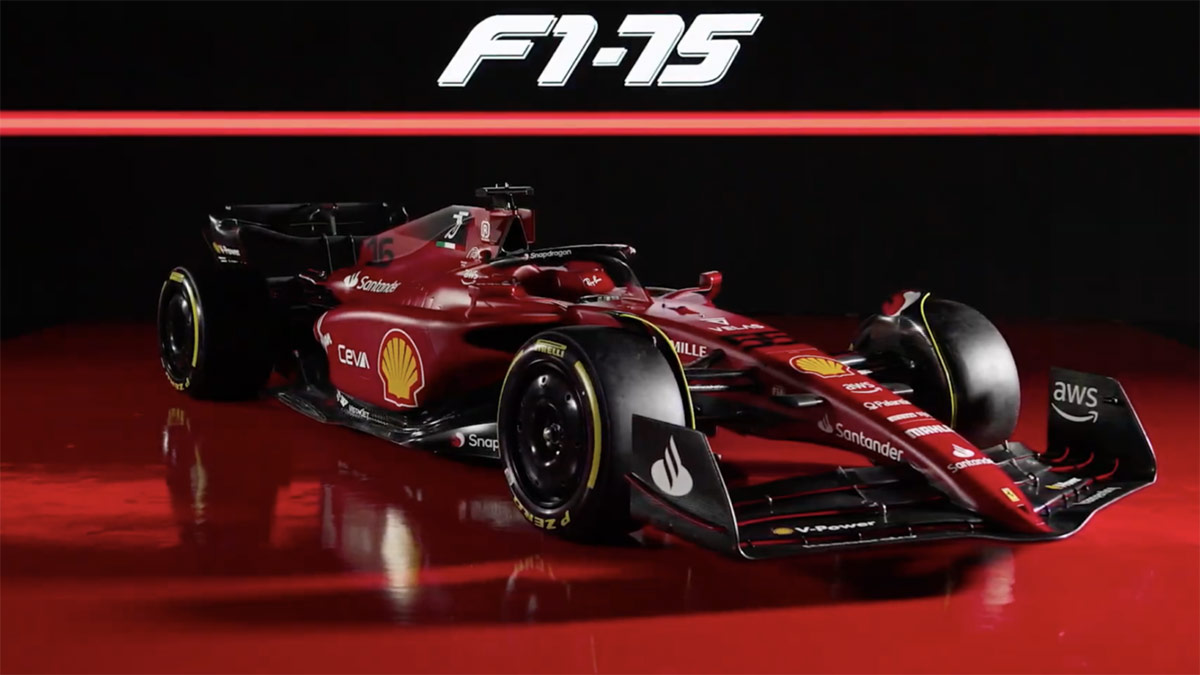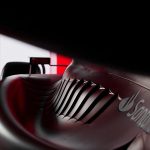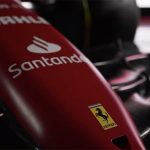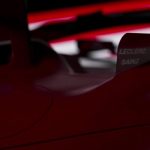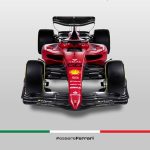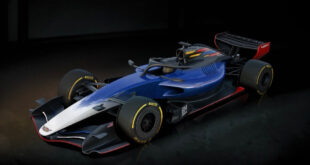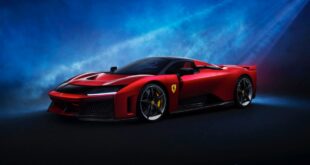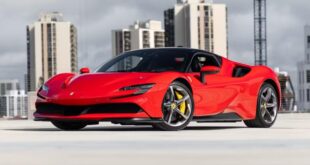The moment we’ve all been waiting for — Ferrari unveiled its brand-new 2022 F1 challenger, the F1-75, with an unconventional design approach and a lot of magic under the covers!
“Forza Ferrari,” “Tifosi,” “Prancing Horse” — are some of the words that echo through the heart and soul of nearly every F1 fan. The Squadra from Maranello is the only team to have been around since the inception of Formula 1. It is currently the most decorated constructor in the sport’s history, with 16 constructors’ titles and 15 different drivers winning. Ferrari was almost invincible during its peak between 2000-2004 (Schumacher) and 2007 (Raikkonen). However, it remained on the backfoot with the rise of other constructors such as Red Bull and Mercedes in the V8 and Turbo Hybrid eras.
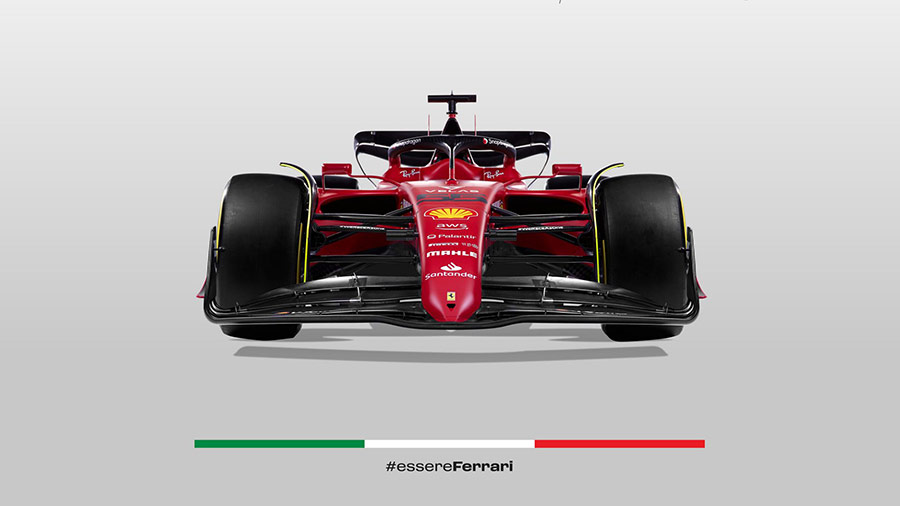
After hitting rock bottom in 2020 due to the controversial 2019 power unit, the squad has been on the rise yet again with consistent Top-10 finishes from Sainz and Leclerc. Moreover, Ferrari finished P3 in the constructor’s championship thanks to the impressive teamwork. It now looks to make a strong push ahead to reclaim its glory days with the paradigm shift in regulations.
As for the car itself, the F1-75 is inspired by the long-standing lineage of the Modena-based sports car maker. Compared to last year, it now sports a dark shade of red beside black and yellow highlights (wake control device) that looks blazing fast and menacing even when standing standstill. The eternally classy livery is complemented by long-time sponsor placements of Ray-Ban, Shell, SKF, Brembo on the side pods, floor, and the fascia. While there’s no sign of Mission Winnow on the car, the team announced the return of Spanish bank Santander as a sponsor after an absence of 5 years.
More than the design, though, is the mountain of work that went into the technical development of the car. Starting from the front, the F1-75 features a similar wing design as its rivals, with a four-element structure attached directly to the nose of the car. Though the wing endplates look similar to the FIA prototype with a sharp profile, Ferrari updated the nose structure with curvy and pointed contours to help it slip through the air and produce downforce more efficiently.
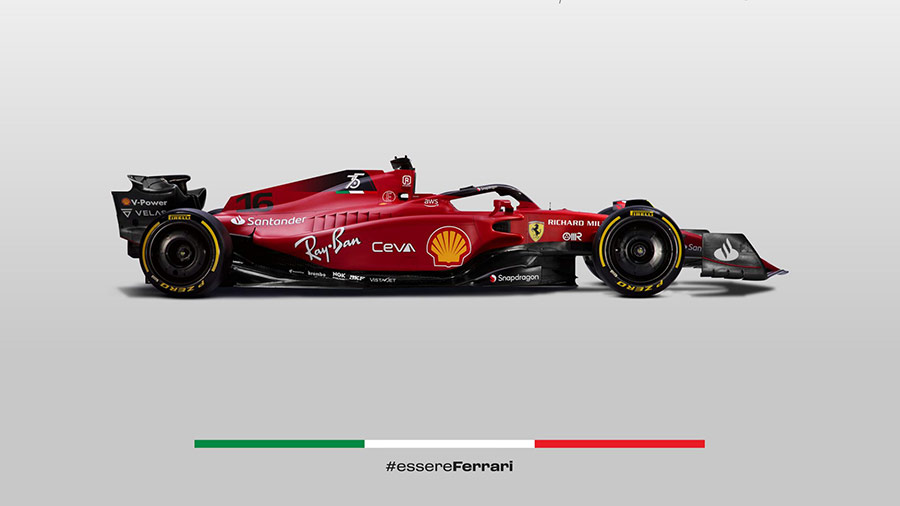
The front suspension follows a similar philosophy to other constructors, using a push-rod construction with double wishbones to keep the car planted on the ground. Looking at it through an aerodynamic front, Ferrari also added ‘anti-wake’ panels atop the wishbones to reduce air turbulence and smoothen its flow before arriving at the radical side pods.
Looking at the car launches so far, it’s clear that F1 teams paid a lot of attention to the design and development of the sidepod profiles — with Ferrari being the boldest of all! It moved from the conventional box-section intakes to complex, wide, and more aerodynamic openings to feed air and bodywork.
Furthermore, the F1-75 features unconventional ‘valleys’ and radiator grilles on the surface above the PU to aid cooling and rear downforce. The team hasn’t disclosed the diffuser details yet, but we know that the rear suspension is a conventional pull rod system.
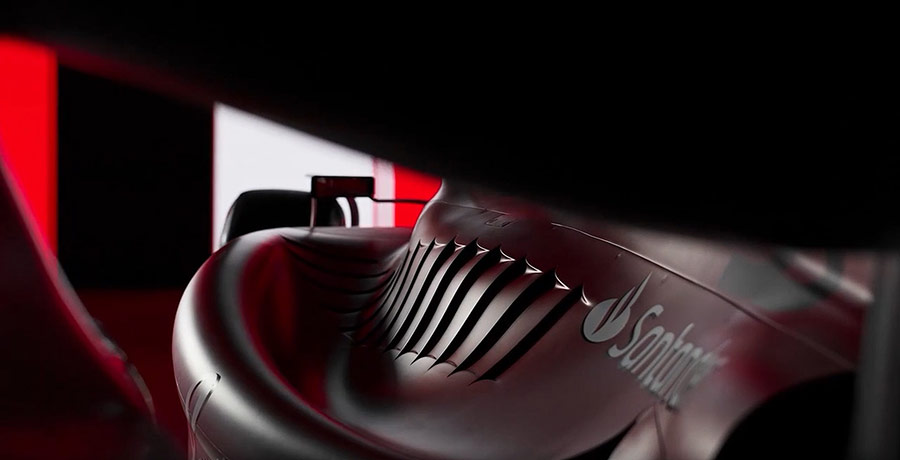
Of course, all these structures are subjected to multiple iterations of development work throughout the season, so only shakedown and testing can give us the true picture of performance metrics. However, the team seems to have set the bar pretty high with the F1-75 while also having arguably the strongest driver pairing of Carlos Sainz and Charles Leclerc and a revamped team organization and facilities to take on the challenge!
If things go as expected, we could even see a four-way title fight between Mercedes, Ferrari, Red Bull, and McLaren.
But until then, trust in Mattia and the 🅱️lan!
Gallery: Ferrari F1-75
Source: Ferrari


